Sakura: The Blooming Heart of Japanese Culture and Anime
Symbol of life, yet also of transience

The significance of sakura in Japanese culture is profound and multifaceted. It epitomizes transience, the ephemerality of life, and the beauty of moments that are both short-lived and precious. The tradition of admiring the blooming cherry blossoms, known as "hanami", is a time when families, friends, and acquaintances gather beneath sakura trees to celebrate these moments together, reflecting on the fragility of existence.
For many Japanese, sakura is not just a symbol of the spring season but also a reminder of the value of each moment spent with loved ones and the importance of cherishing the small, everyday joys of life.
Sakura in Traditional Japanese Culture
Cherry blossoms, or sakura, have played a significant role in Japanese culture for centuries, serving as symbols of new beginnings and the inevitable passage of time. These ephemeral flowers bloom for only a short time in the spring, making them a poignant reminder of life's fleeting nature. This brief moment of beauty, which swiftly fades, embodies the classic Japanese concept of "mono no aware", which describes an awareness of impermanence and the resulting feeling of subtle nostalgia and melancholy.
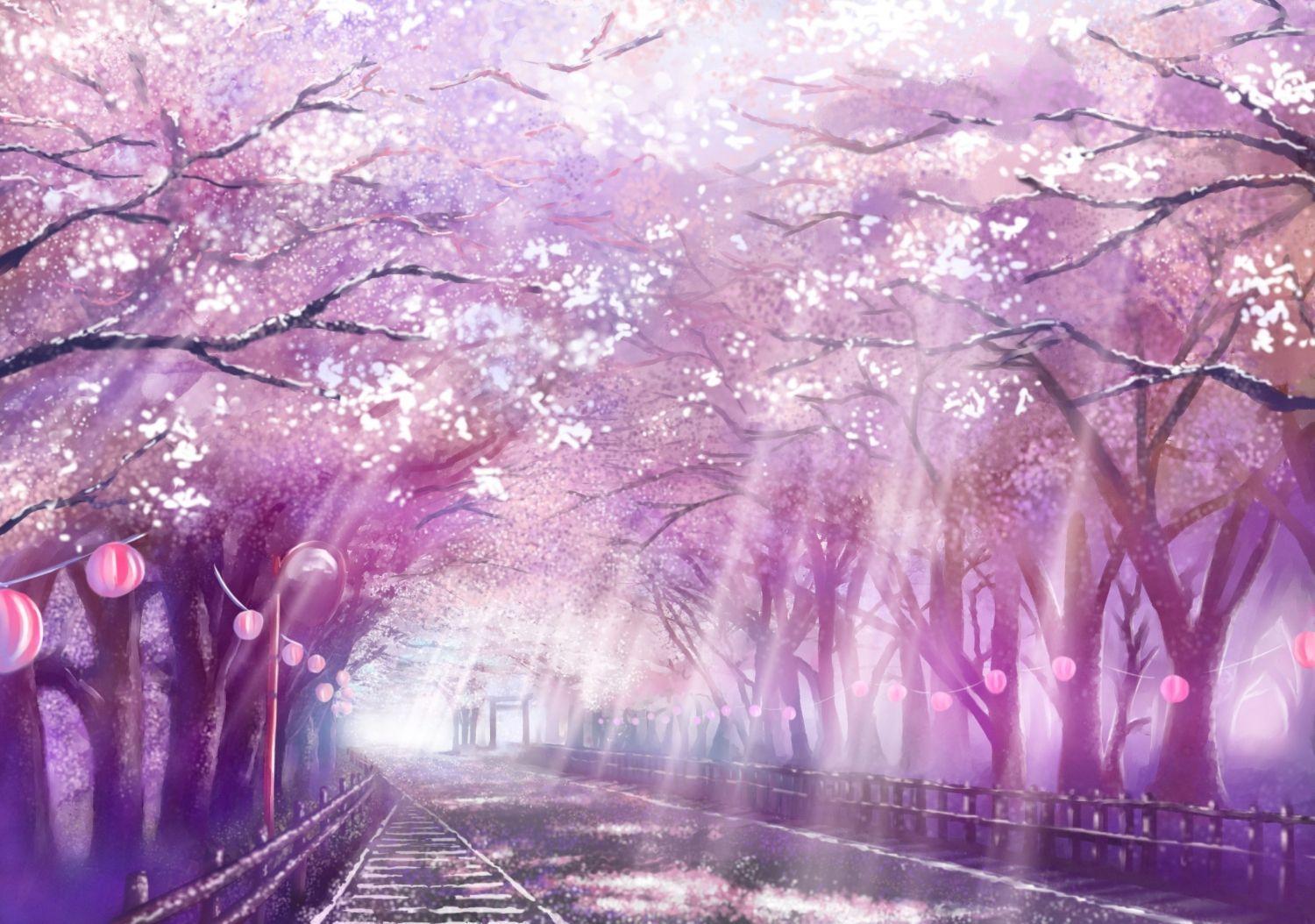
In Japanese culture, sakura is not just a sight to behold but also a profound symbol. It represents the life cycle – birth, life, and death – and encourages appreciation for moments spent with loved ones. This annual tradition, merging aesthetics with philosophy, stands as one of the most distinguished and valued elements of Japanese cultural heritage.
Legends and Myths Associated with Sakura
Japanese culture brims with myths and legends related to sakura. Many of these tales originate from ancient times when people sought to explain the beauty and transience of blooming cherry blossoms through stories of gods, spirits, and magical beings.
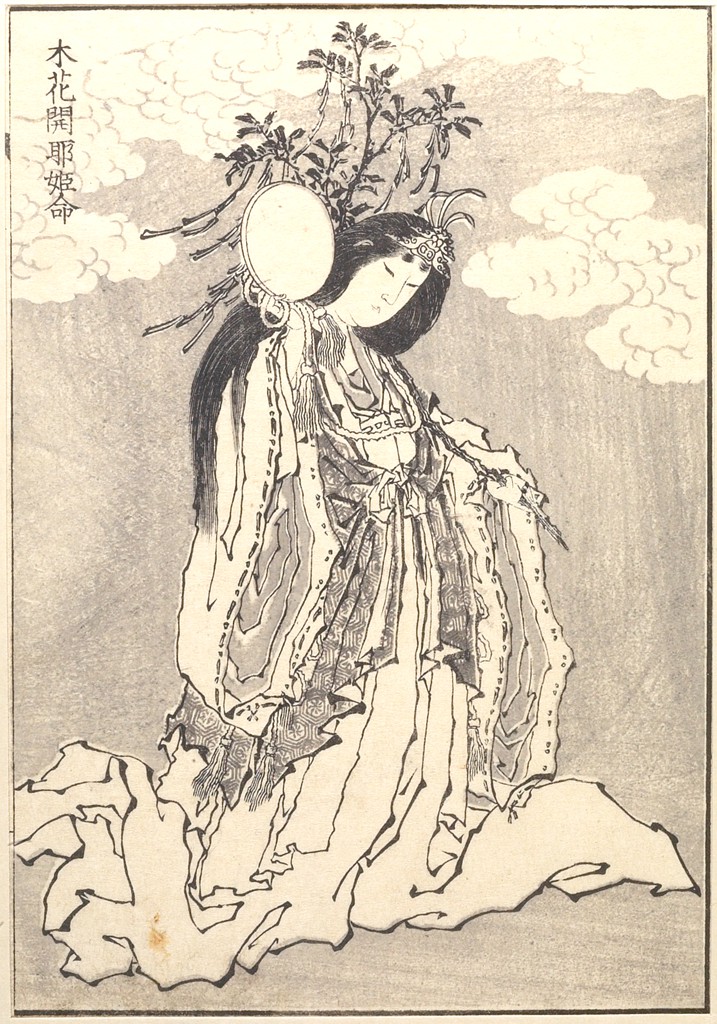
Modern anime, like "Naruto", draws inspiration from this legend, featuring characters named "Konoha" and showcasing sakura as a symbol of courage and sacrifice.
Another intriguing myth tells of the "yozakura" or sakura spirits. According to legend, when sakura trees bloom at night, one can glimpse spirits dancing among the blossoms. These spirits represent the souls of those who have passed but return to earth to revel in the beauty of sakura. The anime "Hotarubi no Mori e" touches upon this idea, narrating the tale of a young girl in love with a spirit.
Many myths also revolve around the sakura blossoms themselves. It was believed that falling sakura petals were the souls of warriors who had fallen in battle. This notion is often explored in samurai-themed anime and manga, like "Rurouni Kenshin" and "Samurai Champloo", where sakura petals frequently accompany significant battle scenes or reflective moments of the protagonists.
Sakura in Anime
In the world of anime, sakura is not just an aesthetic background element, but also a deep symbol full of meanings, creating an emotional layer in many storylines. Cherry petals falling in the wind often become an echo of characters' feelings, their dilemmas, desires, and turning points. In Japanese animation, sakura serves as a bridge between tradition and modernity, adding depth to characters and their relationships. Here are some examples of how diversely sakura has been portrayed in anime, referring to its cultural heritage and symbolism.
 "5 Centimeters Per Second" (Byōsoku Go Senchimētoru): Director Makoto Shinkai in this film focuses on the fleeting nature of feelings and the distance between people. Sakura petals falling from trees act as a metaphor for passing time, with their slow descent reflecting the distance between the main characters. The cherry trees bloom when the protagonists meet as children, and the petals fall as they grow and drift apart.
"5 Centimeters Per Second" (Byōsoku Go Senchimētoru): Director Makoto Shinkai in this film focuses on the fleeting nature of feelings and the distance between people. Sakura petals falling from trees act as a metaphor for passing time, with their slow descent reflecting the distance between the main characters. The cherry trees bloom when the protagonists meet as children, and the petals fall as they grow and drift apart.
"Naruto": Sakura Haruno, one of the main characters, bears a name that references cherry blossoms. Her persona and nature often mirror sakura traits – beauty, transience, but also courage and resilience. Sakura's battle scenes are often highlighted by blooming trees in the background, adding depth to her character and decisions.
"Cardcaptor Sakura": This series is steeped in the sakura motif. The main protagonist, Sakura Kinomoto, discovers her powers through a magical book. Sakura trees not only provide an aesthetic backdrop but are also vital to the plot, symbolizing destiny, magic, and purity.
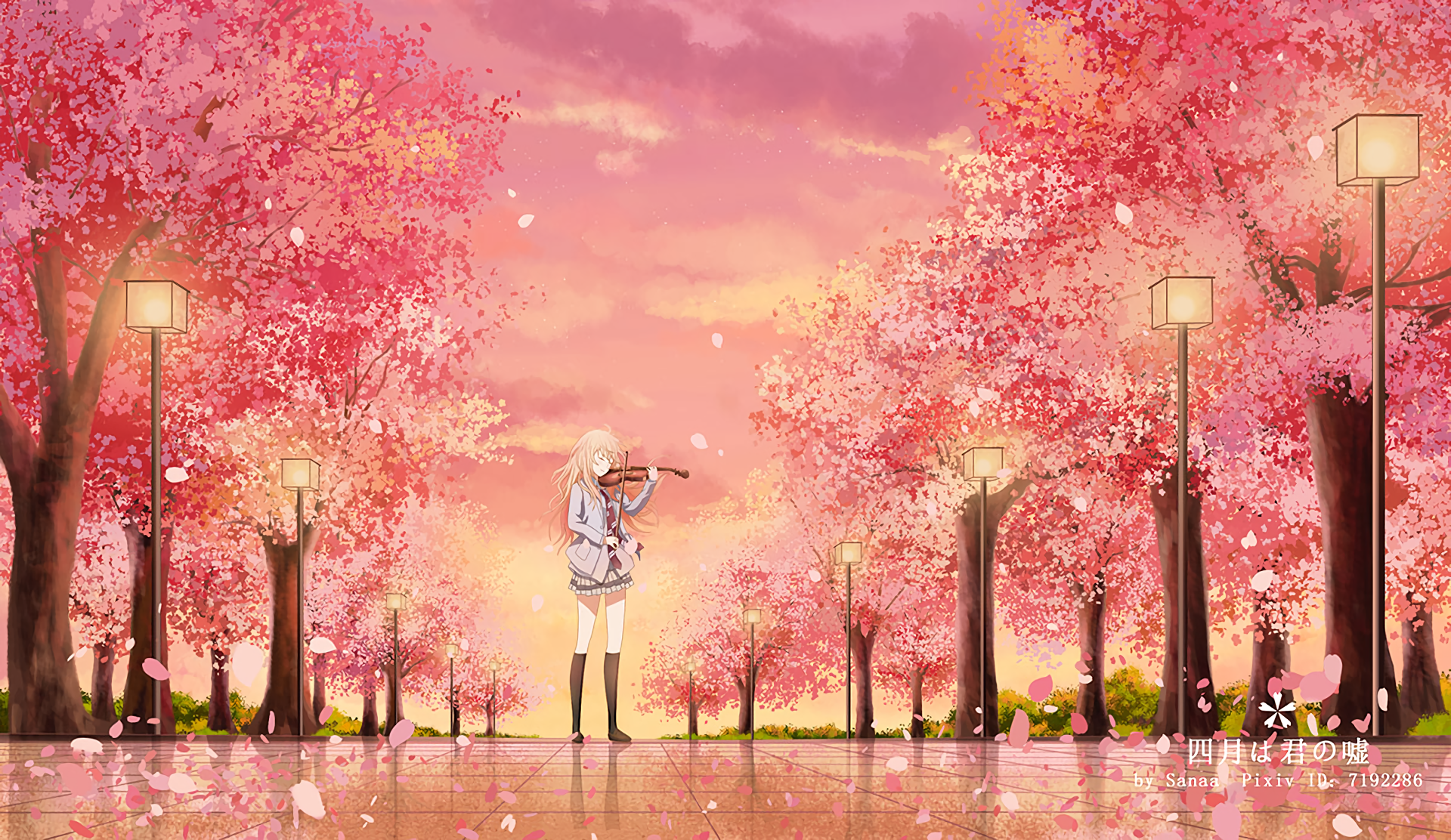
"Tokyo Ghoul": Although a series with a dark theme, sakura appears at significant moments in the life of the main character, Kaneki. In one of the key moments, when Kaneki accepts his new identity as a ghoul, falling sakura petals are seen in the background, symbolizing his transformation.
"Clannad": In this series, sakura is not just a backdrop but also a crucial plot element. The sakura tree at the school is a place where the main characters often meet, and its blooming and falling petals reflect significant moments in their lives - love, death, family, and hope.
"Sakura Wars": In this series, whose name directly refers to sakura, the cherry blossom motif is omnipresent. It's a story of an alternative world where teams of women fought in mecha against evil forces. Despite the futuristic setting, the tradition and culture surrounding sakura are clearly visible in many aspects of the narrative.
 "Chihayafuru": This anime is about the traditional Japanese game of karuta, where players must match poems with cards. Many of these poems refer to sakura and its blooming, reflecting crucial moments in the life of the main character, Chihaya, and her competition in karuta. Sakura petals often drift in the background as the characters grapple with challenges and turning points in life.
"Chihayafuru": This anime is about the traditional Japanese game of karuta, where players must match poems with cards. Many of these poems refer to sakura and its blooming, reflecting crucial moments in the life of the main character, Chihaya, and her competition in karuta. Sakura petals often drift in the background as the characters grapple with challenges and turning points in life.
The Darker Side of Sakura
While the sakura is often associated with beauty and renewal, it also has a darker side in Japanese culture. Cherry blossoms serve as a reminder of the transience of life, and their falling petals symbolize the brevity of human existence. This delicacy and ephemerality of cherry blossoms can be likened to human life, which is equally fleeting and unpredictable. In many Japanese literary and artistic works, sakura has often been used to depict the fragility of existence.
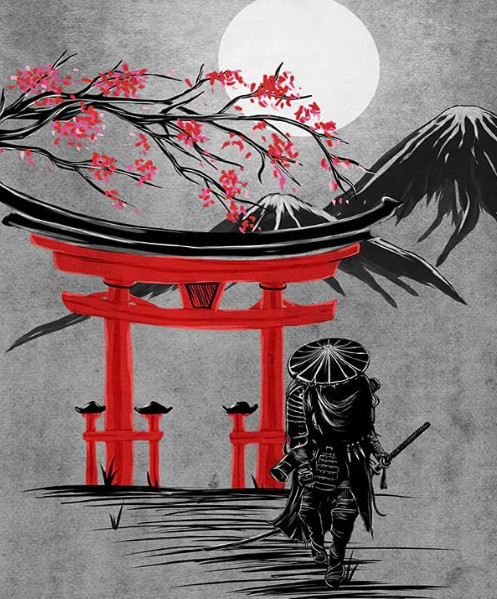
During World War II, the symbolism of sakura took on an even deeper, darker meaning in the context of Japanese kamikaze pilots. For many Japanese, kamikaze suicide missions were seen as the ultimate sacrifice for the country. Much like the swiftly fading cherry blossoms, the lives of kamikaze pilots were short but meaningful. Their sacrifice was often likened to the fall of sakura petals, symbolizing a fragile yet beautiful act of sacrifice.
Contemporary interpretations of sakura in culture and art often draw from this duality: on one hand, beauty and renewal, and on the other, fragility and the inevitability of death. Many artists, both in traditional and modern forms, utilize sakura as a medium for contemplation about life, death, impermanence, and the legacy we leave behind.
The Flower at the Nation's Heart: The Eternal Presence of Sakura
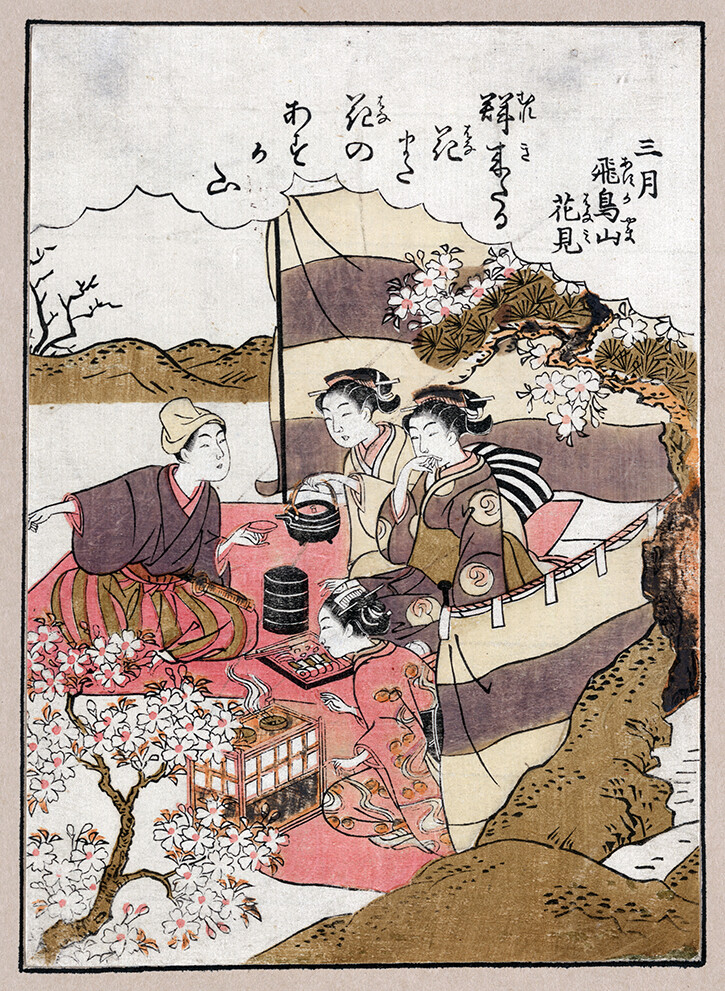
Even though sakura is deeply rooted in tradition, its presence is also evident in contemporary cultural manifestations such as fashion, music, and design. Today's designers often draw inspiration from the sakura motif, merging it with modern trends, resulting in a unique blend of tradition and modernity. For instance, during Tokyo Fashion Week, it has not been uncommon to spot models showcasing outfits with subtle references to blooming cherries.
The place of sakura in the hearts of the Japanese is undeniable. It's not just a flower – it's a symbol of national identity, a bridge connecting the past with the future, and a reminder of life's fleeting nature. For many, sakura represents a moment of reflection, a respite from the hustle and bustle of everyday life. No matter how much Japan leans into modernity, sakura will always play a central role in the nation's culture.
"Strong Japanese Women"
see book by the author
of the page
未開 ソビエライ
An enthusiast of Asian culture with a deep appreciation for the diverse philosophies of the world. By education, a psychologist and philologist specializing in Korean studies. At heart, a programmer (primarily for Android) and a passionate technology enthusiast, as well as a practitioner of Zen and mono no aware. In moments of tranquility, adheres to a disciplined lifestyle, firmly believing that perseverance, continuous personal growth, and dedication to one's passions are the wisest paths in life. Author of the book "Strong Women of Japan" (>>see more)
Personal motto:
"The most powerful force in the universe is compound interest." - Albert Einstein (probably)
Mike Soray
(aka Michał Sobieraj)
未開 ソビエライ
An enthusiast of Asian culture with a deep appreciation for the diverse philosophies of the world. By education, a psychologist and philologist specializing in Korean studies. At heart, a programmer (primarily for Android) and a passionate technology enthusiast, as well as a practitioner of Zen and mono no aware. In moments of tranquility, adheres to a disciplined lifestyle, firmly believing that perseverance, continuous personal growth, and dedication to one's passions are the wisest paths in life. Author of the book "Strong Women of Japan" (>>see more)
Personal motto:
"The most powerful force in the universe is compound interest." - Albert Einstein (probably)
Mike Soray
(aka Michał Sobieraj)
Write us...
Ciechanów, Polska
dr.imyon@gmail.com
___________________
inari.smart
Would you like to share your thoughts or feedback about our website or app? Leave us a message, and we’ll get back to you quickly. We value your perspective!
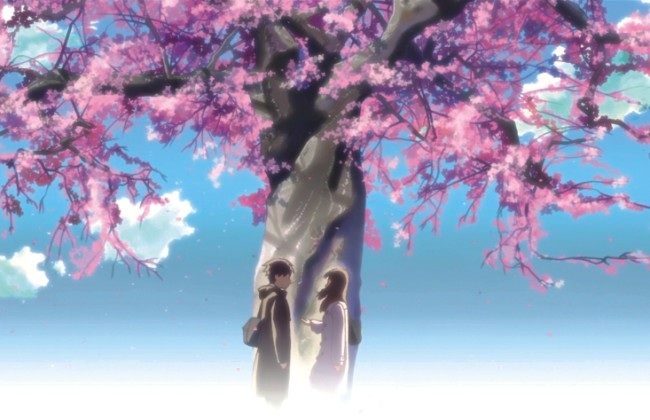 "5 Centimeters Per Second" (Byōsoku Go Senchimētoru): Director Makoto Shinkai in this film focuses on the fleeting nature of feelings and the distance between people. Sakura petals falling from trees act as a metaphor for passing time, with their slow descent reflecting the distance between the main characters. The cherry trees bloom when the protagonists meet as children, and the petals fall as they grow and drift apart.
"5 Centimeters Per Second" (Byōsoku Go Senchimētoru): Director Makoto Shinkai in this film focuses on the fleeting nature of feelings and the distance between people. Sakura petals falling from trees act as a metaphor for passing time, with their slow descent reflecting the distance between the main characters. The cherry trees bloom when the protagonists meet as children, and the petals fall as they grow and drift apart.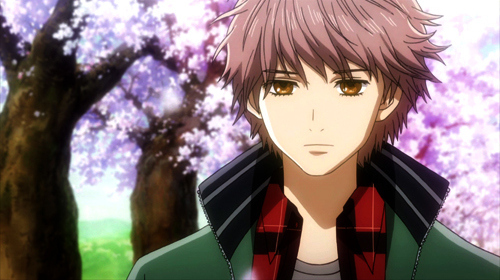 "Chihayafuru": This anime is about the traditional Japanese game of karuta, where players must match poems with cards. Many of these poems refer to sakura and its blooming, reflecting crucial moments in the life of the main character, Chihaya, and her competition in karuta. Sakura petals often drift in the background as the characters grapple with challenges and turning points in life.
"Chihayafuru": This anime is about the traditional Japanese game of karuta, where players must match poems with cards. Many of these poems refer to sakura and its blooming, reflecting crucial moments in the life of the main character, Chihaya, and her competition in karuta. Sakura petals often drift in the background as the characters grapple with challenges and turning points in life.
